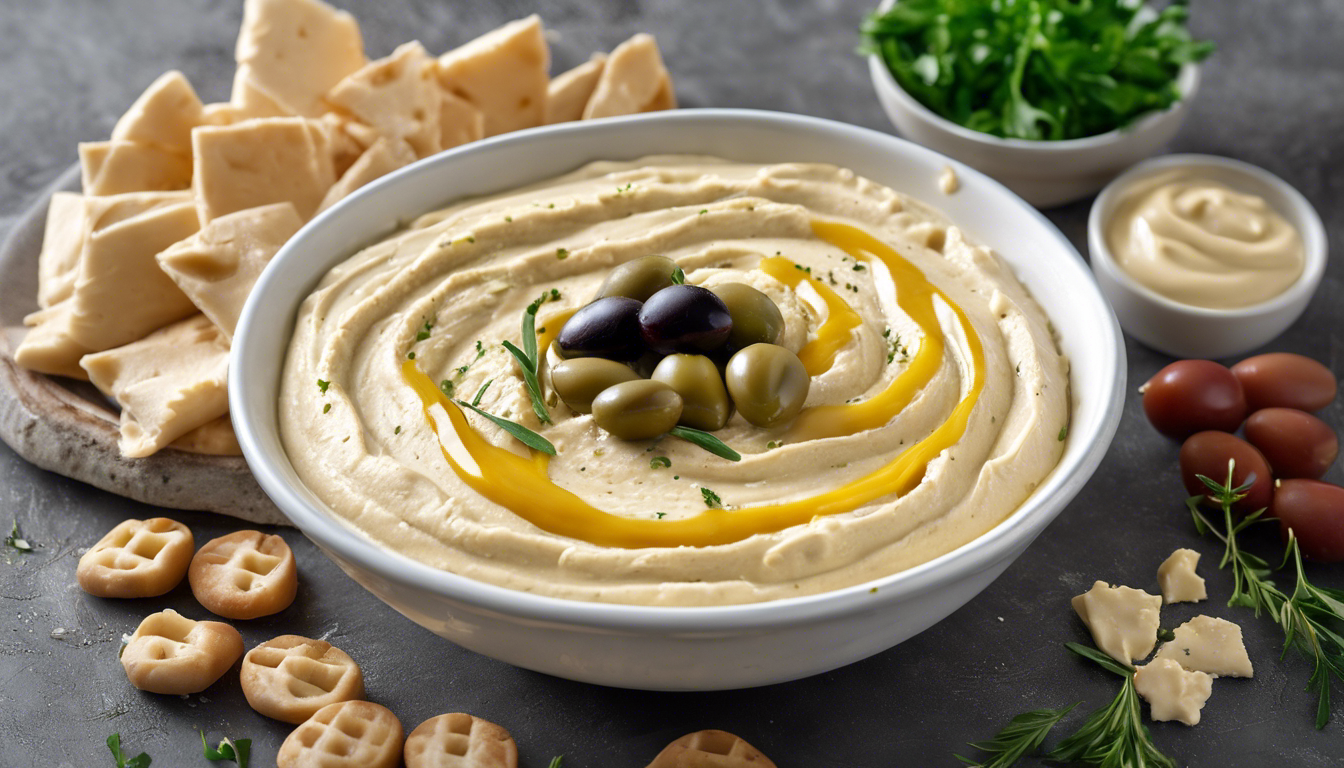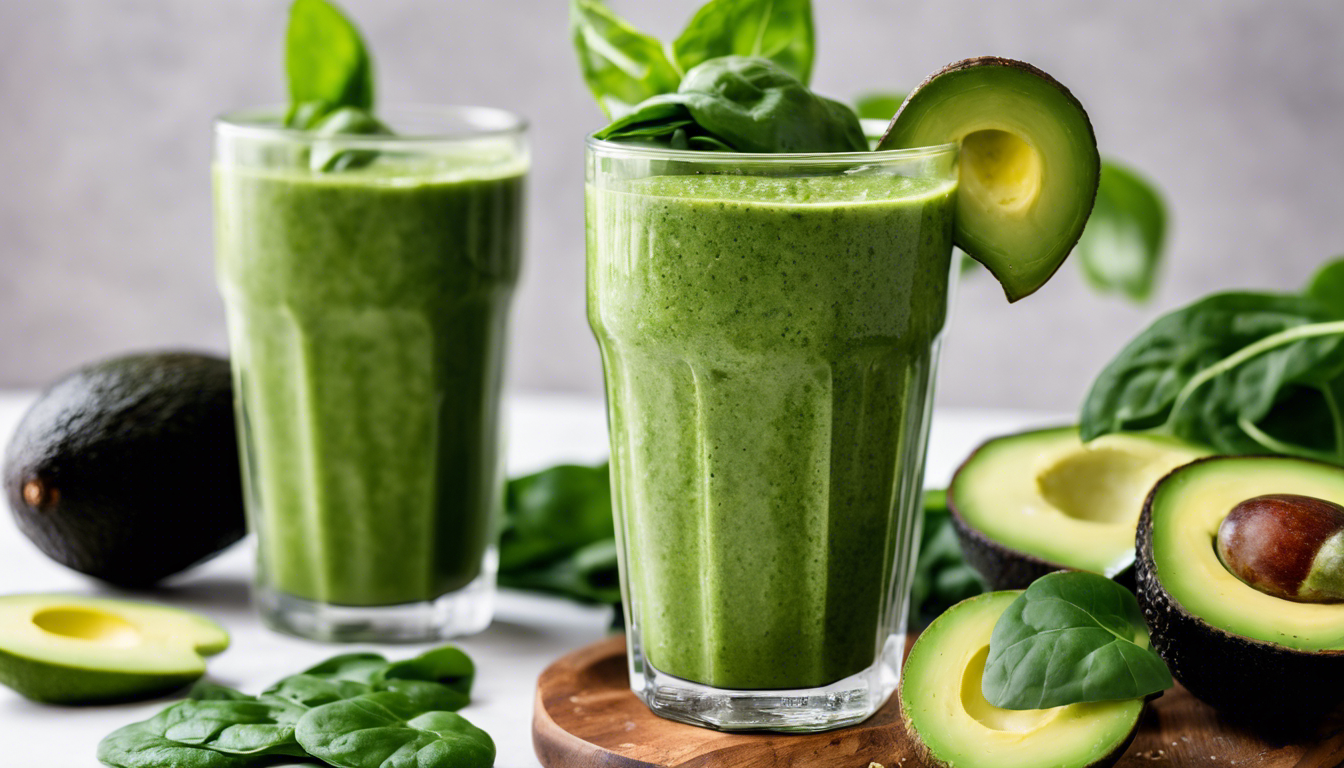
Dispelling the Myth: Flavorful Vegan Cuisine
Gone are the days when plant-based dishes were dismissed as bland and uninspiring. The truth is, a vegan diet unlocks an exciting world of flavors that can tantalize even the most discerning taste buds. This myth that vegan food lacks taste stems from a lack of familiarity with the incredible array of spices, herbs, and fresh ingredients that are the staples of vegan cuisine. A spritz of lemon, a dash of smoked paprika, or a spoonful of coconut cream can transform simple vegetables into a gourmet experience.
Those who’ve had the pleasure of biting into a spicy lentil burger or savoring a creamy cashew cheese know firsthand the burst of flavors that vegan recipes can offer. Not to mention the gourmet vegan restaurants popping up globally, showcasing the depth of flavors plant-based cooking has to offer. It is not a stretch to say that vegan cuisine is not just catching up but is often leading the way in innovative and flavorful eating.
Imagine relishing the smoky sweetness of char-grilled eggplant or the robust aroma of a mushroom and walnut bolognese. These are just a couple examples of the rich flavors encapsulated in plant-based dishes. The point is, vegan food is anything but dull. It’s a colorful, vibrant symphony of flavors that offers endless possibilities for the adventurous eater.
Indeed, the diversity of plant-based ingredients—like tangy kimchi, umami-rich miso paste, and sweet mangoes—create complex taste profiles that are every bit as satisfying as their animal-based counterparts. These ingredients are not only mouthwatering but also bring to the table a bounty of nutrients and health benefits.
Moreover, the vegan culinary scene is brimming with innovation; chefs are using the natural flavors found in plants to recreate many traditional dishes. Barbecue jackfruit, for instance, has become a beloved stand-in for pulled pork, fulfilling the craving for something smoky and hearty, without the meat. It’s evidence that with a bit of creativity and an open mind, entering the world of vegan cuisine can be a delightful exploration of taste.
The Variety of Vegan Palates: Beyond Tofu and Salads
So you ponder vegan diets are confined to tofu and rabbit food? Consider again! The vegan palate is as diverse and colorful as any you’ll find in the culinary world. It is a feast of textures and tastes that go far beyond the humble blocks of tofu and basic salads often associated with veganism.
Think the rich, creamy avocados that can be mashed into guacamole or sliced onto a black bean taco, seasoned with authentic spices. Or the vast selection of grains from quinoa to farro that provide a hearty base for flavorful bowls teeming with roasted veggies, and drizzled with tangy dressings. These grains aren’t just filling; they absorb flavors like a sponge, bringing together different elements of a dish in perfect harmony.
Let’s not forget the global influences that inspire vegan cooking. An Ethiopian spread might feature spicy stews and injera bread, while a Thai curry loaded with coconut milk and lemongrass infuses a kick to any meal. There’s the earthy, complex flavor of Middle Eastern falafels and the refreshing zest of a Mediterranean chopped salad, proving that vegan cuisine is anything but monotonous. The exploration of international dishes opens up a world where the only limitation is the chef’s creativity.
The secret weapon in a plant-based pantry? Legumes. Chickpeas, lentils, black beans, and so many others are chameleons in the kitchen, ready to burst into any flavor profile you fancy. From creamy hummus to spicy bean chili, they’re nutritional powerhouses that keep the body fueled and the taste buds engaged.
And what’s that? Looking for a snack? Vegan diets offer a cornucopia of crunchy, savory, and sweet snacks. Nuts roasted in cinnamon or chili lime seasoning, seed crackers served with that umami-flavored mushroom pâté, or dark chocolate-covered almonds for a hint of decadence. Snacking on a vegan diet isn’t just munching on carrot sticks – it’s a gastronomic adventure with each handful.
Food markets and health food stores are vibrant treasure troves where one can discover an array of exotic fruits and vegetables that add a burst of color and an explosion of taste to any dish. From the tangy sweetness of tamarind to the rich, peppery flesh of a perfectly ripe papaya, the produce section is the vegan’s playground.
Moreover, forget the misconception that vegan desserts are bland. Pastries crafted from almond flour, sweetened with agave nectar or dates, and adorned with fruits offer a finish that satisfies any sweet tooth.
Every meal is an opportunity to debunk the myth that vegan food is narrow in scope. The variety of vegan dishes reflects the diversity of the people who enjoy them. It’s a curated journey across continents and cultures, a blend of tradition and innovation – and it’s delicious.

Satisfying Hunger: The Fulfillment of Vegan Meals
Now, let’s tackle the elephant in the room: can vegan meals truly satisfy that rumbling belly? Absolutely! The key lies in understanding that fullness doesn’t exclusively come from meat. In fact, whole plant foods are incredibly satiating due to their high fiber and nutrient content.
A well-constructed vegan meal brings to the table a balance of protein, fats, and carbohydrates, which together contribute to a feeling of fullness. Take, for instance, a warm bowl of black bean soup paired with a slice of toasted whole-grain bread, drizzled with olive oil. It has the protein, the carbs, and the healthy fats all in one vessel. Voilà! Your hunger is vanquished without any animal products in sight.
Moreover, whole grains, legumes, nuts, and seeds are not just filling but also provide prolonged energy. This means you won’t be reaching for a snack an hour after your meal. And let’s not overlook the versatility of the beloved potato—mashed, baked, or turned into rustic fries—it’s the comfort food that keeps your appetite in check, along with providing essential nutrients.
For those who fear that a vegan diet may leave them perpetually peckish, ponder this: a creamy coconut and chickpea curry over brown rice has just as much substance and heartiness as any meat-based dish. It’s rich in texture and dense with flavors, proving that plant-based meals have the prowess to keep you comfortably full.
There’s also science behind the satisfaction. Studies have shown that plant-based diets can help regulate appetite and support weight management, thanks to the fiber that aids in slow digestion and capably controls hunger hormones.
And when it comes to portion sizes, since plant-based ingredients tend to be less calorie-dense than meat, the volume on your plate can often be more generous. Imagine digging into a huge, colorful salad brimming with greens, a variety of veggies, hearty beans, avocado slices, sprinkled with sunflower seeds, and all dressed in a zesty vinaigrette. Such a meal is a feast for the eyes and the belly!
Let’s not skimp on the element of creativity, either! A stuffed bell pepper, filled to the brim with quinoa, veggies, and a savory cashew cream sauce is testament to the inventive ways in which vegan meals can excite the palate while still being totally satisfying.
It is not uncommon to hear people share how after eating vegan for a while, they start to feel something magical: becoming more attuned to their body’s needs, finding themselves content with less yet more nourished than before. This highlights another aspect of satisfaction that goes beyond the physical—it’s the feeling of wellbeing and alignment with one’s values.
In short, those myths about vegan diets leaving you hungry are based on outdated notions. The reality is a contemporary vegan diet, abundant with whole foods and bursting with flavors, is more than capable of satisfying the heartiest of appetites.
Creative Vegan Cooking: Techniques for Enhancing Taste
Now let’s spice things up with some culinary wizardry, shall we? The art of vegan cooking is like painting on a canvas, but instead of brushes, we wield spatulas and spoons, and our palette is rich with a spectrum of plant-based ingredients. To imropve the taste of vegan dishes, there are techniques that can elevate your cooking from good to utterly sublime.
One such technique is the use of marinades and spice rubs. Whether you are prepping tofu, tempeh, or vegetables, giving them a bath in a well-spiced marinade can infuse them with deep flavors. For example, imagine tofu being marinated in a blend of soy sauce, garlic, ginger, and sesame oil before being baked to crispy perfection. The result? Each bite is umami-packed and tantalizingly tasty.
If you’re looking to introduce a smoky flavor to your dishes, liquid smoke or smoked paprika can do the trick without the grill. A few drops of liquid smoke on your vegan ‘bacon’ made from tempeh or carrots can conjure up the aromatic depths of traditional bacon, while a sprinkle of smoked paprika on roasted chickpeas brings a punch of piquancy.
Caramelization is another key technique. The simple act of roasting or pan-frying brings out the natural sweetness in vegetables like onions, carrots, and peppers through the caramelization of their sugars. This brings a richness to dishes that can satisfy even the most skeptical of palates. Don’t be afraid to let those onions turn golden and sweet in the pan – they will be the silent hero of your dish.
Layering flavors takes a dish from one-dimensional to a harmonious concert of taste. It’s about adding elements at different stages of cooking. Perhaps it’s sautéing garlic and onions as a base, then deglazing the pan with balsamic vinegar or white wine, and finally, finishing off with fresh herbs to bring a pop of freshness. The layering ensures that each mouthful has depth and complexity.
- Engaging textural contrasts—think creamy avocado with crunchy pumpkin seeds or silky smooth hummus paired with crisp raw veggies—can also enhance the pleasure of eating vegan foods.
- Finally, the brilliance of garnishes should not be overlooked. A sprinkle of fresh cilantro, a drizzle of tahini, or a zest of lemon can be the final flourish that turns a dish from ordinary to extraordinary.
Remember, the key to outstanding vegan cooking isn’t necessarily about complicated techniques or hard-to-find ingredients. It’s about letting the natural flavors of plants sing through thoughtful preparation and a little culinary creativity. So, whether you’re a seasoned vegan chef or just starting, these techniques can make the journey into plant-based cooking an exploration of taste that’s endlessly rewarding and delicious.